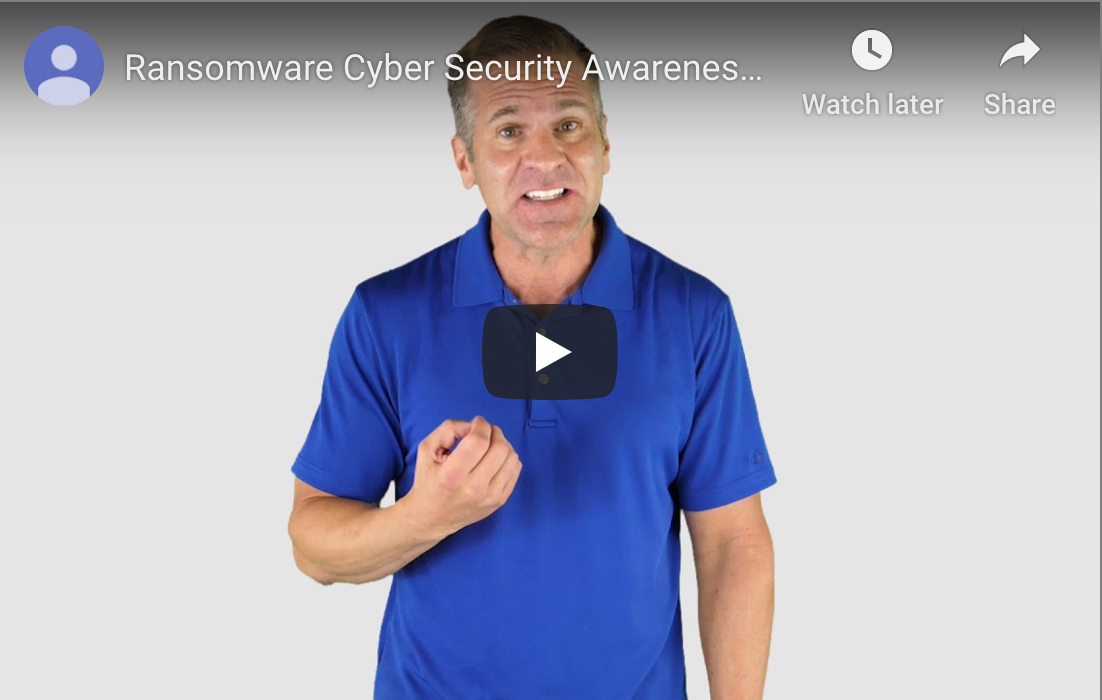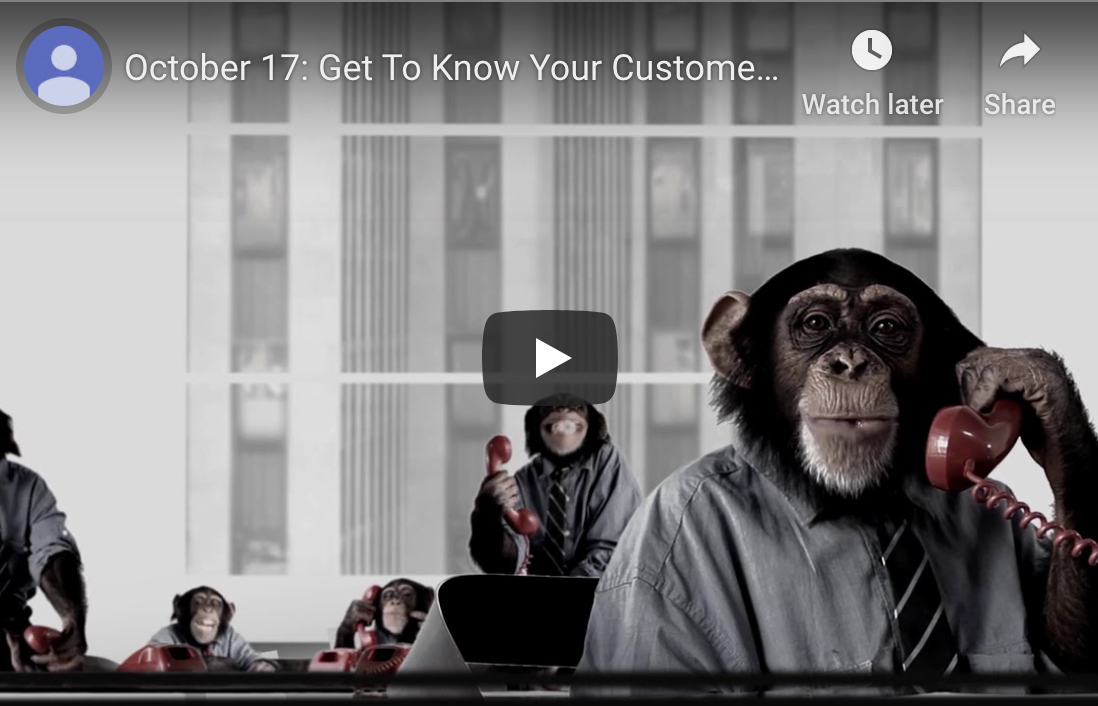MSP Customer Communication Leads to Deeper Long-Term Retention
Discover why it’s important that your managed services provider develops a regular communications schedule with each customer and what messages to convey.

Managed services providers (MSPs) know that customer retention is a critical element of business success.
Communicating with your MSP customers is a must. But knowing how, when and what to communicate makes a difference.
How Frequently Should We Communicate with MSP Customers?
The frequency of communication is as much an art as it is a science. There may be some customers, especially those who are new, in the midst of a major project or in the throes of strategic planning, when more frequent contact and communication is necessary.
Face-to-face communication is the most effective means of communication, allowing for both a better give-and-take and a clearer interpretation of body language.
Ideally, you’ll schedule at least monthly in-person communication with your customers, meeting both with principals and other employees to understand what’s working and what could be improved. This communication, which includes a healthy dose of active listening, helps your customers feel heard, valued and respected, even if it’s an informal conversation over coffee and doughnuts.
What Brings Value to MSP Customer Communications?
Your customers look to you as more than a service provider. You’re also a valued advisor. You want your communications to have several elements that can bring value to your customers and how they perceive their relationship with you. These do not need to be a sales pitch, and usually should not be, but rather opportunities to demonstrate your expertise and insights, including:
- Identifying solutions before you’re asked. If your client has, for example, recently had several cyberattack attempts that were the result of phishing attempts, you may want to suggest a heightened approach to employee education, including campaigns that test their responses to sample attack emails.
- Looking forward. You want to provide insights on technology trends, emerging solutions and challenges, whether it’s a new version of software, regulatory changes affecting their business or the sunsetting of an operating system. Providing information that helps the customer consider the possibilities is a compelling way to demonstrate your value. These conversations can often unearth concerns and priorities that previously were not expressed.
- Find synergies and partners. Look for connections and introductions you can make among your customers. You can also identify opportunities for partnerships or bartering opportunities, such as working with a printing company client to produce signage and business cards in exchange for a discount on provided IT services.
Value-added conversations that help your customers think in new ways are a powerful way of deepening customer relationships.
What Points Are Worth Repeating to MSP Customers?
One of the greatest outcomes of better customer communication is the opportunity to reinforce high-value and valuable services that are already being used or possible. Your communication should regularly reinforce some of the core values of working with a managed services provider. Driving these points home helps to make renewals, upgrades and the purchase of new services much easier.
Those key points are small reminders of why it makes sense for your customers to work with you, including:
- Cost savings. Produce and walk your customers through how their managed services are reducing costs through improved efficiency, fewer downtime costs, lower operational costs for data centers and reduced internal IT staffing
- Predictable costs. Customers need to be reminded that a fixed monthly cost for a range of IT services — help desk, vendor management, storage, disaster recovery, cloud hosting and security — means more budget certainty and fewer unanticipated technology expenses.
- Less downtime. MSPs should tout their reliability and the high levels of uptime for services and systems. While these may be contractually mandated, it’s still an effective reminder of how committed your company is to their business operability levels.
- Insurance. People and businesses purchase insurance to protect what matters most. That’s one way to frame managed services: insurance for your most critical systems, operations, processes and data.
A strategic approach to customer communications pays major dividends with regular, trusted and valued discussions.








